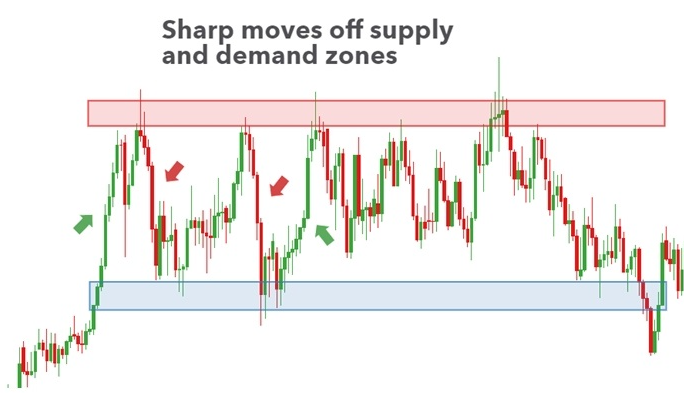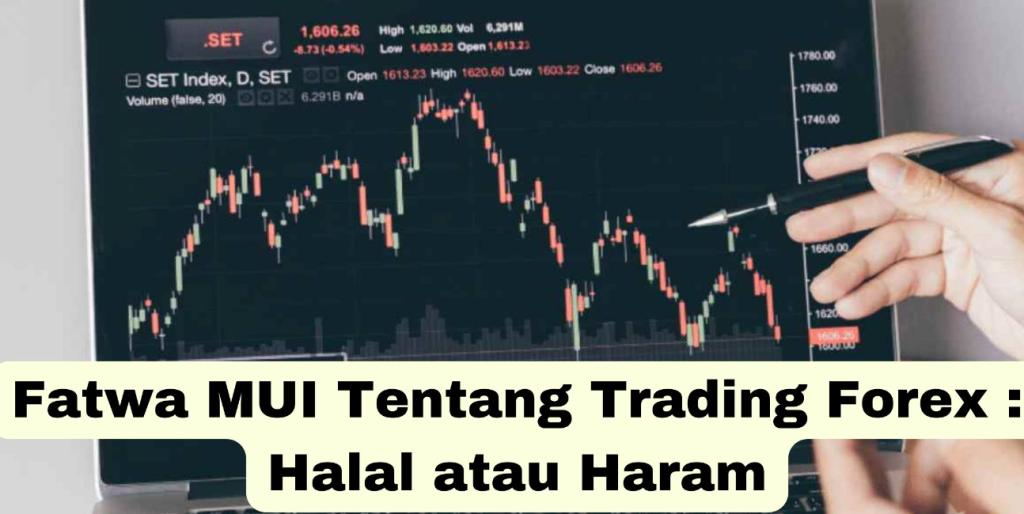Understanding the forces of supply demand forex is crucial for any forex trader looking to make informed trading decisions. The concepts of supply and demand lie at the heart of market dynamics, driving price movements and shaping trading opportunities. In this article, we will delve into the role of Supply Demand Forex in forex trading, explain how to analyze these forces, and offer tips to apply this knowledge to your trading strategy.
What are Supply and Demand in Forex Trading?
At its core, the forex market is a decentralized global market where currencies are bought and sold. The forces of supply demand forex play a vital role in determining the exchange rates between different currencies. When the demand for a currency increases, its value tends to rise relative to other currencies. Conversely, when the supply of a currency exceeds its demand, its value tends to fall. These fluctuations in supply and demand are influenced by various factors, such as economic data releases, central bank policies.
Identifying Supply and Demand Zones in Forex
One of the key aspects of analyzing supply demand forex is identifying supply and demand zones on a price chart. These zones represent areas where the balance between buyers and sellers has shifted, leading to a change in price direction:
- Supply zones: Areas where selling pressure is dominant, causing prices to drop. Supply zones are typically identified by a sharp decline in price.
- Demand zones: Areas where buying pressure is dominant, causing prices to rise. Demand zones are typically identified by a sharp increase in price.
Applying Supply and Demand Analysis in Forex Trading
Here are some practical tips for incorporating supply demand analysis into your trading strategy:
- Identify key supply and demand zones on your preferred currency pairs by examining historical price data and looking for significant price reversals.
- Monitor the price action as it approaches these zones, and look for confirmation signals, such as candlestick patterns or a break of support or resistance levels.
- Manage your risk by placing stop-loss orders and using appropriate position sizing based on your account balance and risk tolerance.
- Be mindful of upcoming news events and economic releases that could impact the currency pair you are trading, as they can cause sudden shifts in supply and demand.
Combining Supply and Demand Analysis with Other Trading Techniques
While supply demand forex analysis can be a powerful tool on its own, it’s important to combine it with other trading techniques and strategies to increase your chances of success. Some popular methods that complement supply and demand analysis include:
- Technical analysis: Using chart patterns, trend lines, and technical indicators to help confirm the strength of supply and demand zones.
- Fundamental analysis: Analyzing macroeconomic data and news events to gain a better understanding of the underlying forces driving supply.
- Price action trading: Reading and interpreting raw price data to make informed trading decisions based on market sentiment.
Conclusion and Suggestions
Understanding and analyzing the forces of supply demand forex can significantly improve your trading performance and help you navigate the ever-changing currency market. By identifying supply and demand zones, monitoring price action, and incorporating other trading techniques, you can develop a well-rounded and effective trading strategy.







